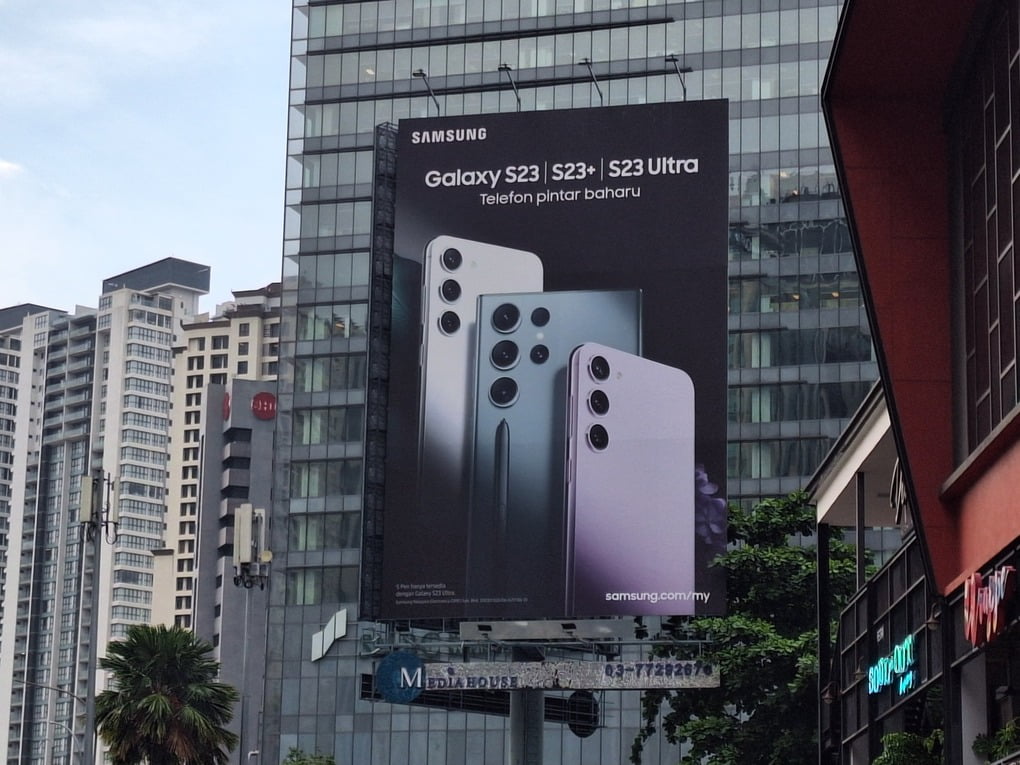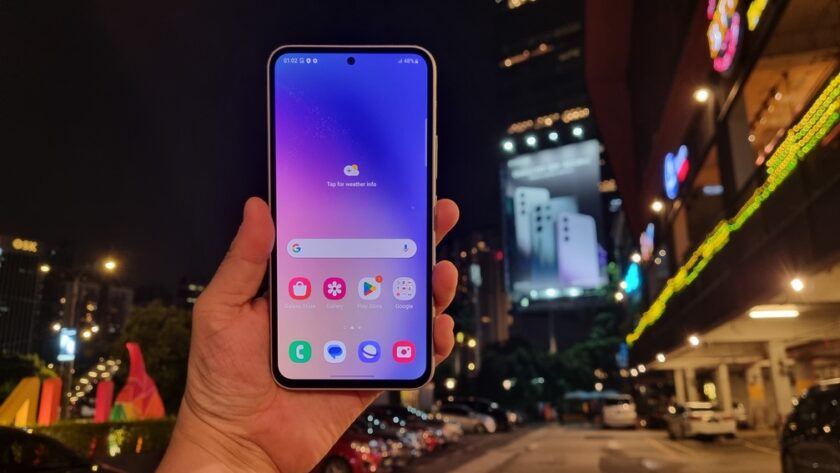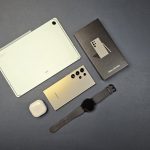A couple of years ago, Samsung established a benchmark in the mid-range market with the Galaxy A52, and has been making incremental improvements to maintain its lead over rivals. The latest addition to the line, the Galaxy A54 5G, continues this trend, building on the Galaxy A53 5G with more than just the usual upgrades. Despite Samsung’s usual practice of not changing what doesn’t need fixing, the Galaxy A54 5G features some differences in its design, optics, and screen.
After testing the Galaxy A54 5G for over a week, we found it to be surprisingly enjoyable. Although there were a few things we wish Samsung had done differently, the device still offers a comprehensive experience at an affordable price. The alterations made to the Galaxy A54 were predominantly positive, making it an obvious choice for those seeking an excellent camera phone that won’t break the bank.
When it comes to photography, the Galaxy A54 delivers good results with vivid and saturated colors, provided there is sufficient light. In bright conditions, the ultrawide and macro sensors also produce impressive photos. While night mode can rescue these photos, the outcomes are not as striking as those of a high-end flagship device of course. To demonstrate the impact of night mode on your pictures, here’s a brief side-by-side comparison.










The Galaxy A54 features a 32MP f/2.2 front-facing camera for selfies, which captures appealing images in well-lit surroundings. To provide you with an accurate representation of the Galaxy A54’s camera capabilities, we have attached a collection of selfie camera samples for day and night below.




Compared to its predecessor, the Galaxy A54 boasts a distinct set of optics that may appear to be a downgrade at first glance. The device now features a triple-camera system at the rear, rather than a quad-camera setup. It includes a 50MP f/1.8 primary camera, a 12MP f/2.2 ultrawide lens, and a 5MP f/2.4 macro sensor. While the reduction in megapixels may seem like a negative point, it is unlikely to have a significant impact. Moreover, the 50MP main camera comes with a larger sensor, which increases the pixel size from 0.8µm to 1.0µm. This enhancement is expected to result in better low-light photography, which is always a welcome improvement.



